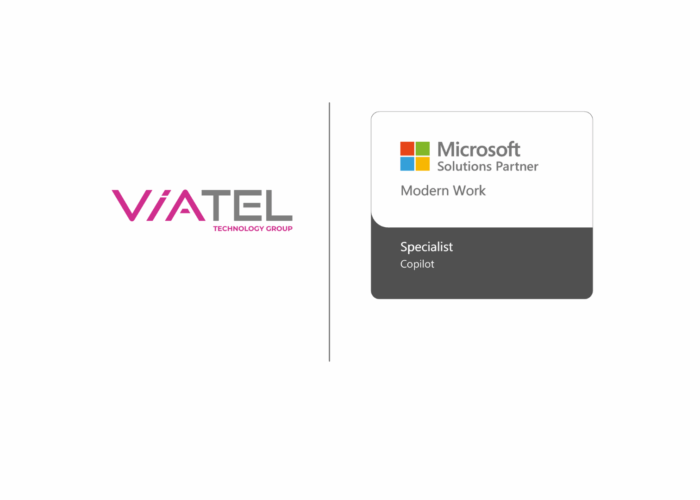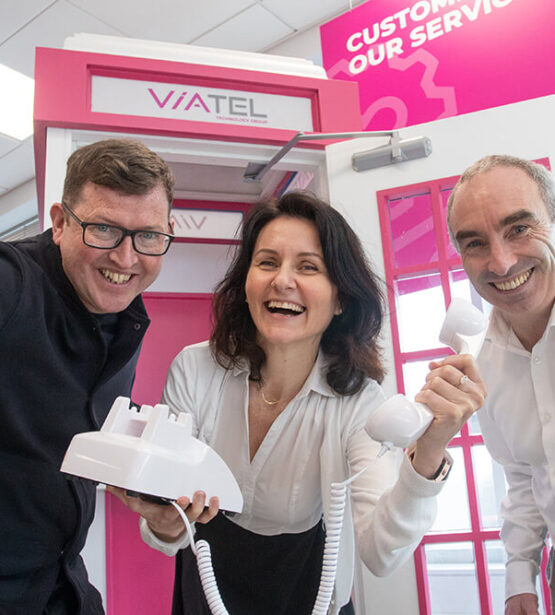MDR vs. EDR: Key Differences and How to Choose the Best Solution
Imagine finding out that a cyber threat has been lurking in your network for months, silently stealing data and compromising sensitive information. This scenario is a stark reality for many organisations today. As cyber threats become more sophisticated, advanced detection and response capabilities have become essential. In this context, Endpoint Detection and Response (EDR) and Managed Detection and Response (MDR) have emerged as critical cybersecurity solutions. But how do you decide between MDR and EDR? Let’s dive into the nuances of these security solutions to help you make an informed choice for your organisation.
What is Endpoint Detection and Response? Endpoint Detection and Response (EDR), as defined by Gartner, is a set of tools and solutions primarily focused on detecting and responding to threats on endpoints such as desktops, laptops, and servers. EDR solutions are designed to provide deep visibility into endpoint activities, enabling rapid threat detection and efficient incident response.
Key Capabilities of EDR:
- Integration with Other Security Tools: EDR solutions seamlessly integrate with antivirus, firewalls, and other security tools to enhance threat intelligence and response capabilities.
- Advanced Threat Detection: Leveraging machine learning and analytics, EDR tools detect sophisticated threats in real-time.
- Automated Data Collection: EDR systems automatically collect and analyse data from endpoints to quickly understand and respond to threats.
- Centralised Management: User-friendly interfaces and centralised consoles make managing and configuring policies straightforward and efficient.
What is MDR? Managed Detection and Response (MDR), as defined by Gartner, takes a more holistic approach by combining technology with human expertise. MDR solutions offer continuous monitoring, threat hunting, and incident response across an organisation’s entire IT environment.
Key Capabilities of MDR
- 24/7 Monitoring by Security Experts: MDR services provide round-the-clock monitoring, ensuring threats are detected and mitigated promptly.
- Proactive Threat Hunting: MDR solutions actively seek out potential threats within the environment, preventing incidents before they escalate.
- Comprehensive Coverage: Extending beyond endpoints, MDR cybersecurity solutions cover networks, cloud environments, and more, offering a complete security solution.
- Expertise and Scalability: By involving external cybersecurity experts, MDR reduces the burden on in-house teams and offers scalable solutions tailored to organisational needs.
EDR vs MDR: Key Differences You Need to Know
- Scope: EDR focuses on endpoints, providing visibility and response capabilities on devices like desktops and servers. MDR, on the other hand, covers the entire IT infrastructure, offering a broader security perspective.
- Operational Responsibility: EDR solutions require in-house teams to manage and respond to alerts. In contrast, MDR services are managed by external experts, providing a turnkey solution.
- Proactivity: EDR is often reactive, addressing threats as they occur. MDR services are proactive, with continuous monitoring and threat hunting to prevent incidents before they happen.
- Automation: EDR solutions may require manual intervention to respond to threats, while MDR services include automated response capabilities, reducing response times and potential damage.
Choosing the Right Solution When deciding between EDR and MDR, consider the following factors:
- Organisational Size and Complexity: Larger organisations with complex IT environments may benefit more from MDR’s comprehensive coverage and expertise.
- In-house Cybersecurity Expertise: Organisations with limited cybersecurity expertise might prefer MDR for its managed services, while those with skilled teams may opt for EDR.
- Budget Considerations: EDR can be more cost-effective for smaller organisations or those with simpler IT setups. MDR, while potentially more expensive, offers predictable costs through subscription models and includes expert management.
- Compliance Requirements: Certain industries may have stringent regulatory requirements that MDR’s comprehensive approach can better fulfil.
Combining EDR with MDR EDR solutions offer robust protection focused on endpoints, while MDR services provide a holistic, proactive approach to security across an organisation’s entire IT environment. While you may think it’s a question of EDR vs MDR, the truth is, combining the two can provide the most effective defence against cyber threats. By leveraging the strengths of both solutions, organisations can ensure robust endpoint security while benefiting from comprehensive, proactive threat management across their entire IT infrastructure.






